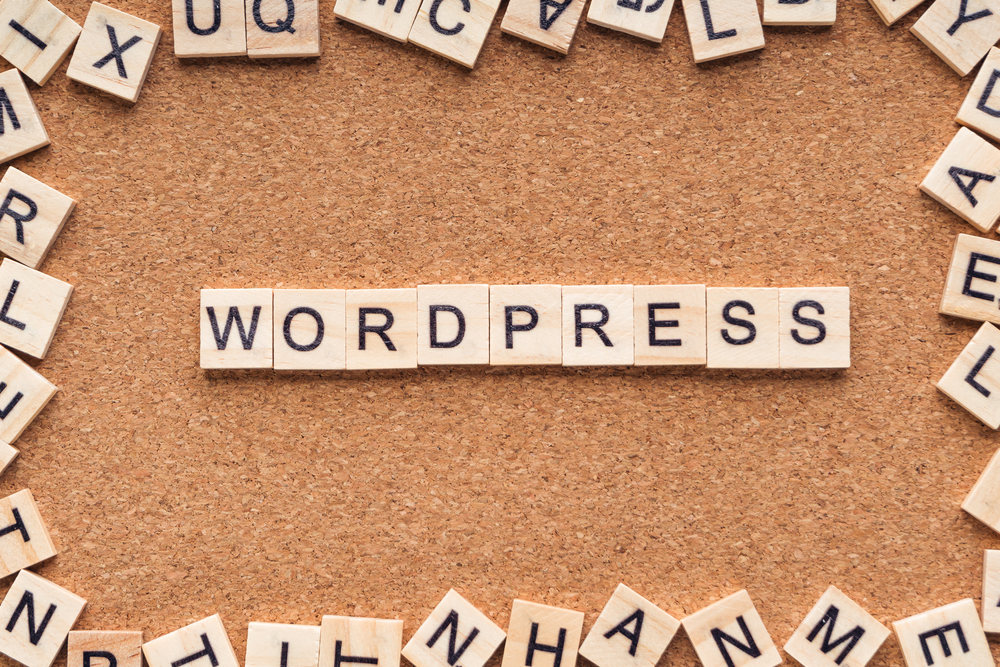
Starting a blog can be an exciting journey filled with creativity and self-expression. Whether you're a seasoned blogger looking to improve your skills or a beginner just starting out, there are always ways to enhance your content and engage with your audience in a more meaningful way. In this ultimate guide to successful blogging, we will explore tips, tricks, and strategies for creating compelling and engaging content that will keep your readers coming back for more.
Know Your Audience
One of the most important aspects of successful blogging blog is knowing your audience. Before you start writing, take the time to research and understand who your target audience is. What are their interests? What blog site challenges are they facing? By knowing who you are writing for, you can tailor your content to meet their needs and provide value to them.
Create Compelling Content
Creating compelling content is key to keeping your readers engaged and coming back for more. Make sure your blog posts are well-written, informative, and easy to read. Use catchy headlines and subheadings to break up the text and make it more visually appealing. Incorporate relevant images and videos to make your content more engaging and shareable.
Stay Consistent
Consistency is key when it comes to successful blogging. Whether you choose to post daily, weekly, or monthly, it's important to stick to a schedule and publish new content regularly. This will help keep your readers engaged and coming back for more. Create an editorial calendar to plan out your blog posts in advance and stay organized.
Engage with Your Audience
Engaging with your audience is crucial for building a loyal following and creating a sense of community around your blog. Respond to comments and messages promptly, ask for feedback, and encourage your readers to interact with your content. Hosting giveaways, contests, and polls can also help increase engagement and build a stronger connection with your audience.
Promote Your Blog
Promoting your blog is essential for increasing your reach and attracting new readers. Use social media platforms, email marketing, and SEO strategies to drive traffic to your blog. Collaborate with other bloggers, participate in online communities, and guest post on reputable websites to increase your blog's visibility and reach a wider audience.
Measure Your Success
Measuring your success is important for tracking your progress and identifying areas for improvement. Use analytics tools to monitor your blog's performance, including metrics such as pageviews, bounce rate, and social weblog shares. Pay attention to what types of content perform well and adjust your strategy accordingly. Set goals for your blog and track your progress over time.
Frequently Asked Questions
1. How often should I post on my blog?
It's important to post consistently on your blog, but the frequency will depend on your schedule and goals. Some bloggers post daily, while others post weekly or monthly. Find a schedule that works for you and stick to it.
2. How can I increase engagement on my blog?
To increase engagement on your blog, focus on creating high-quality content that provides value to your readers. Encourage interaction by asking for feedback, responding to comments, and hosting interactive features such as polls and contests.
3. What are some effective ways to promote my blog?
There are weblog site several effective ways to promote your blog, including using social media, email marketing, SEO, and collaborations with other bloggers. Engage with online communities, participate in guest posting, and leverage influencer partnerships to increase your blog's visibility.
4. How do I know if my blog is successful?
You can measure the success of your blog by tracking key metrics such as pageviews, bounce rate, social shares, and comments. Set specific goals for your blog, such as increasing traffic or engagement, and monitor your progress over time to determine if you are meeting your objectives.
5. What are some tips for creating engaging content?
To create engaging content, focus on writing well-researched, informative, and visually appealing blog posts. Use attention-grabbing headlines, break up the text with subheadings, and incorporate multimedia elements such as images and videos. Encourage reader interaction and feedback to keep them coming back for more.
Other useful resources